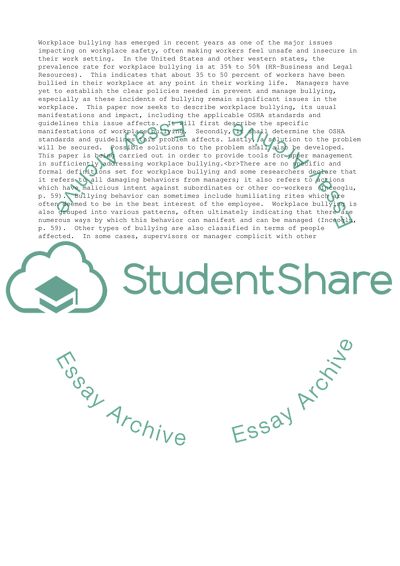Cite this document
(Identifying a current workplace safety problem or issue Essay, n.d.)
Identifying a current workplace safety problem or issue Essay. https://studentshare.org/human-resources/1797552-identifying-a-current-workplace-safety-problem-or-issue
Identifying a current workplace safety problem or issue Essay. https://studentshare.org/human-resources/1797552-identifying-a-current-workplace-safety-problem-or-issue
(Identifying a Current Workplace Safety Problem or Issue Essay)
Identifying a Current Workplace Safety Problem or Issue Essay. https://studentshare.org/human-resources/1797552-identifying-a-current-workplace-safety-problem-or-issue.
Identifying a Current Workplace Safety Problem or Issue Essay. https://studentshare.org/human-resources/1797552-identifying-a-current-workplace-safety-problem-or-issue.
“Identifying a Current Workplace Safety Problem or Issue Essay”. https://studentshare.org/human-resources/1797552-identifying-a-current-workplace-safety-problem-or-issue.


